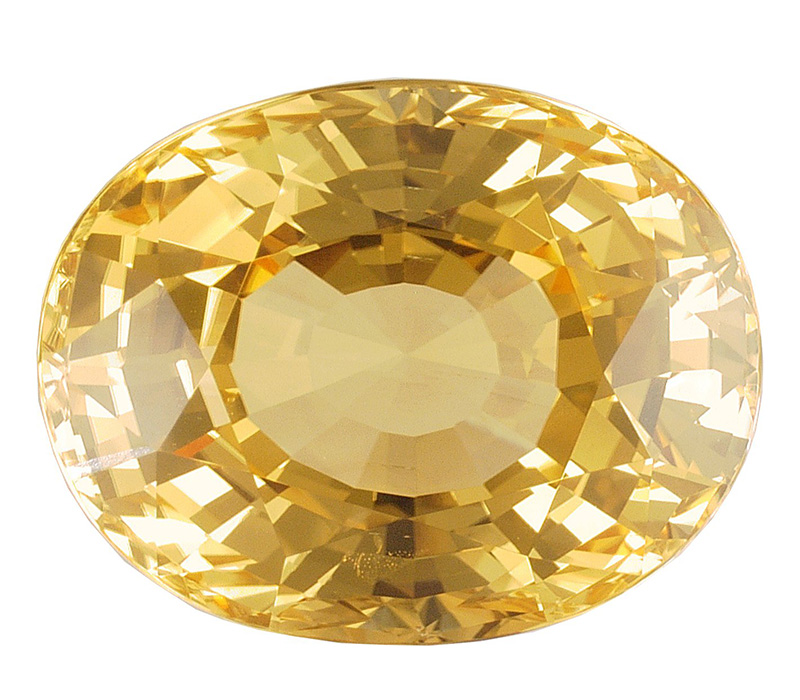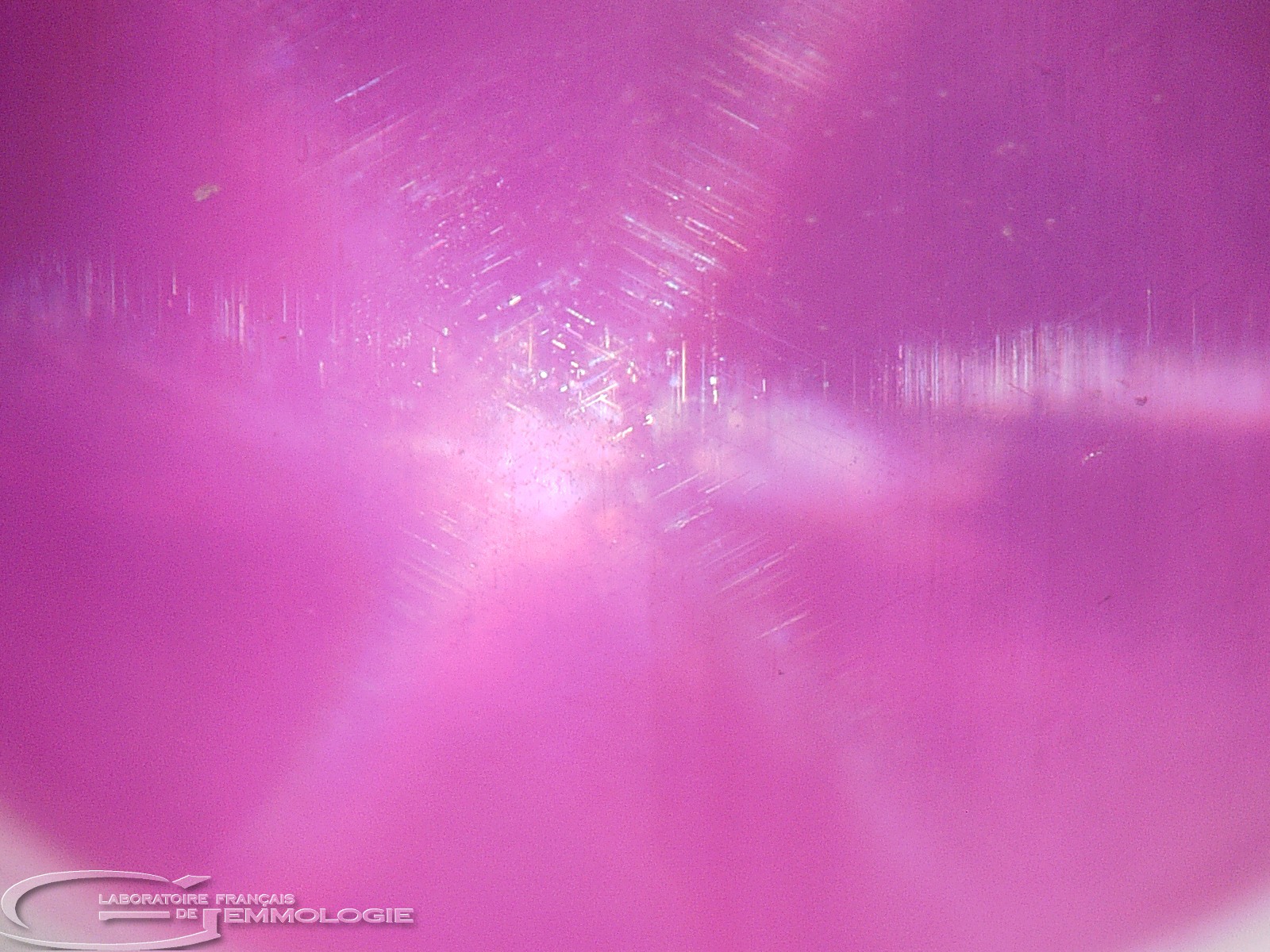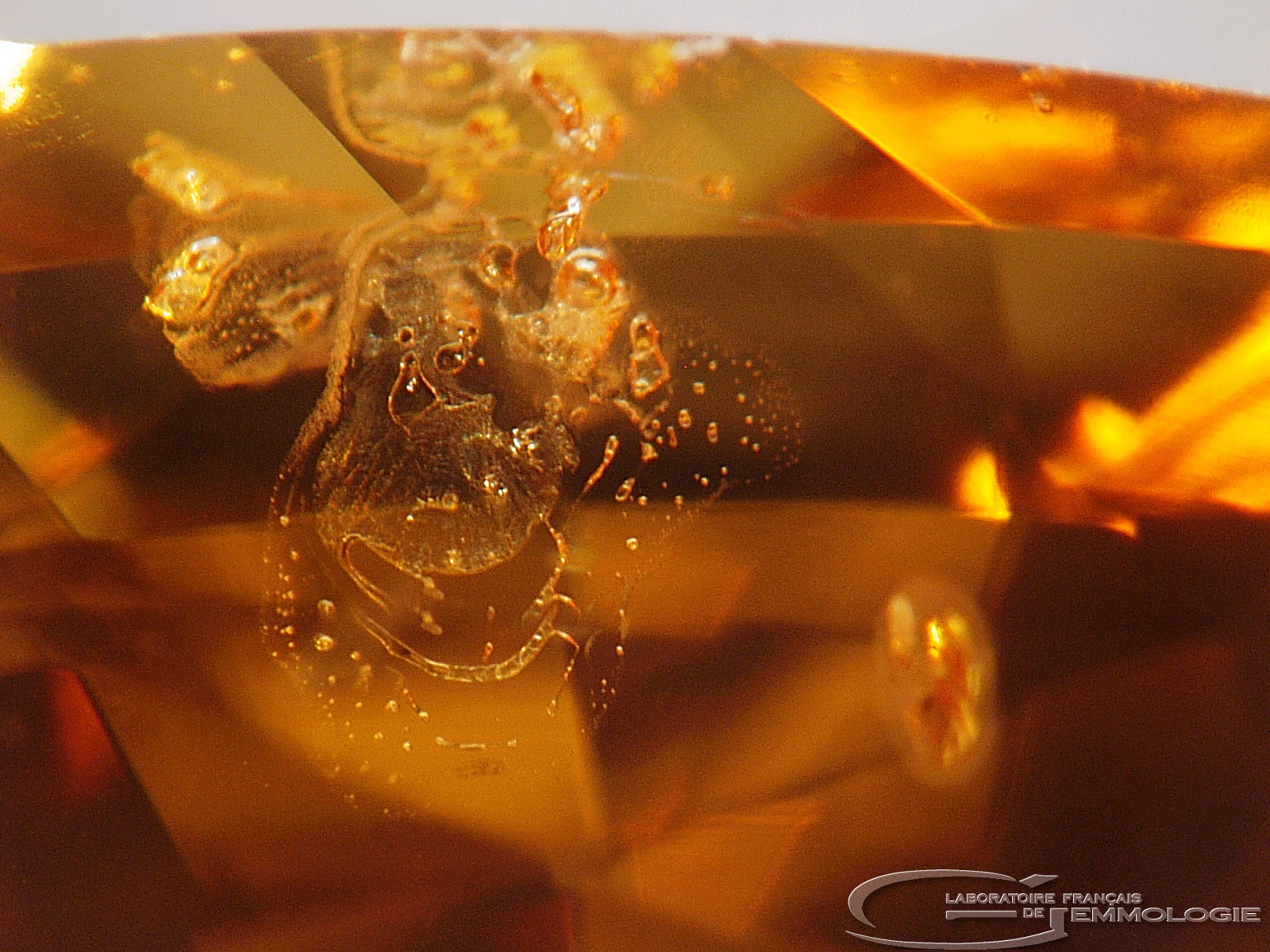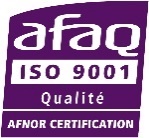GEMSTONE LIBRARY
COLOURED SAPPHIRE
Coloured sapphires are corundum (Al2O3) in colours other than blue (sapphire) or red (ruby). They can come from many different deposits around the world. The causes of their colour are mainly iron, chromium, titanium or coloured centres.
A variety of treatments can be applied to these coloured sapphires. Thermal treatment is the most common treatment. They can also be treated by filling, irradiation, etc.
All the results set out in our reports are the result of different analyses guided by our scientific procedures.
CHARACTERISTICS
- Name: Coloured Sapphire
- Mineralogical nature: Corundum
- Colour: Colourless, violet, purple, pink, green, yellow, orange, rose-orange (padparadshah), black, etc.
- Crystal system: Rhombohedral
- Chemical composition: Al2O3
- Causes of colour: Fe2+ – Ti4+, Fe3+, Cr3+, coloured centres
- Density: 3.97 to 04:05
- Hardness: 9
- Cleavage: None
- Fracture: Conchoidal or irregular
- Optic sign: Negative uniaxial
- Refractive index: no: 1.767 to 1.778 / ne: 1.759 to 1.770
- Birefringence: 0.008 to 0.009
- Dispersion: 0.018
- Pleochroism: Variable depending on the colour
- UVL: Variable depending on the colour and iron content
- UVC: Variable depending on the colour and iron content
- Treatments: Thermal treatment
- Deep diffusion with Be2+
- Syntheses: Merger (Verneuil process, Czochralski, etc.)
- Anhydrous dissolution
- Hydrothermal dissolution






